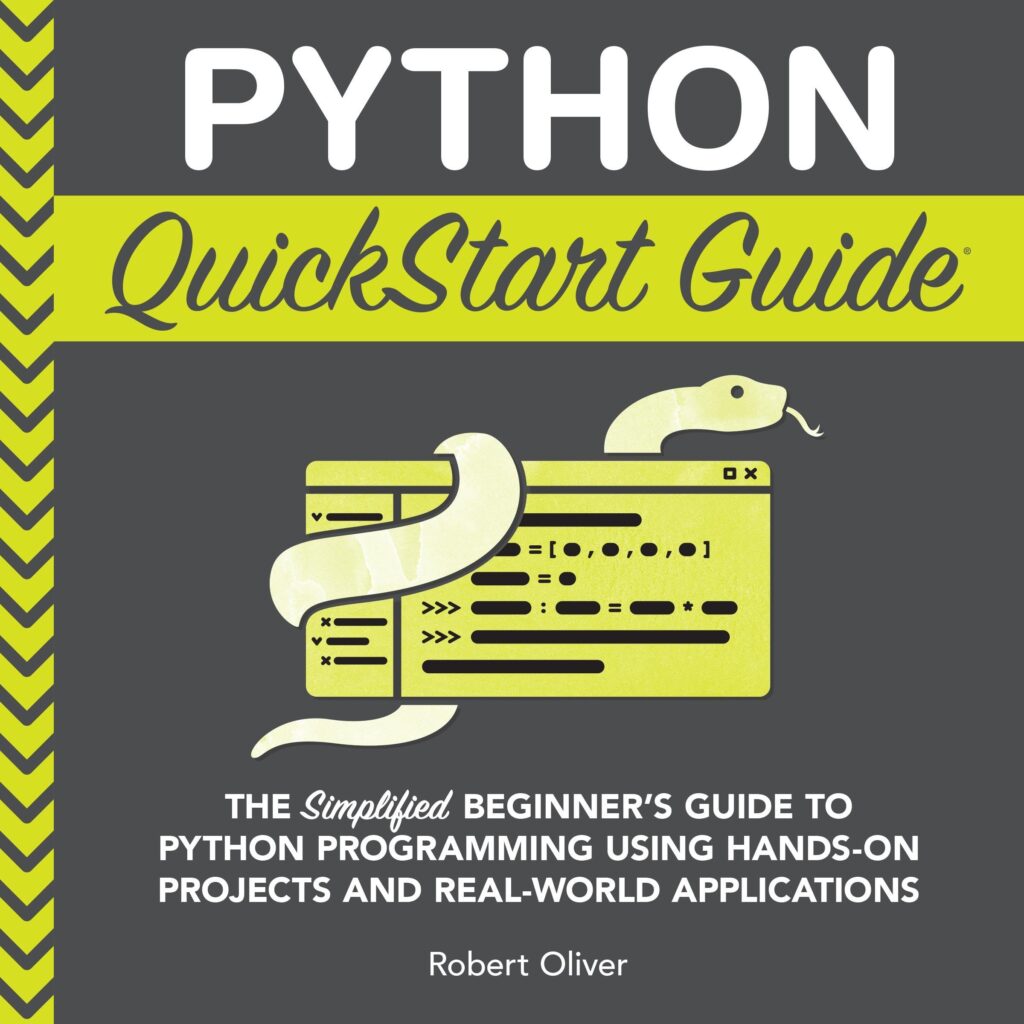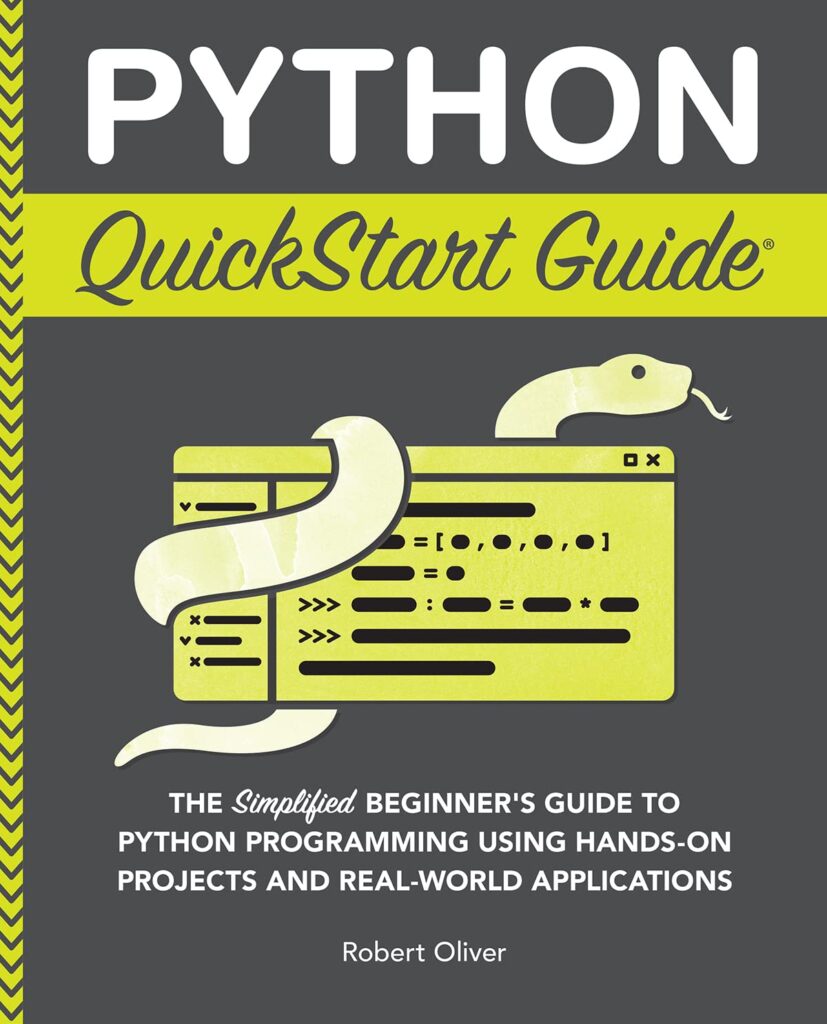
When working with Django models, the choice of fields is fundamental to how data is structured and interacted with in the application. Django provides a rich set of built-in field types, each with various options that help define the nature of the data being stored. Understanding these fields and their configurations allows for the creation of robust and efficient models.
Some of the commonly used field types include:
- Used for storing strings with a maximum length. It requires the
max_lengthattribute. - Similar to
CharField, but used for large text inputs without a maximum length. - For storing integer values.
- Used for storing date and time data.
- A field that stores either True or False.
Each field can also have several options that modify its behavior. For instance, you can specify whether a field is blank or null, or set default values. The blank option controls whether a field is required in forms, while null dictates whether the database can store a NULL value for that field.
Here is an example of defining a model with various field types and options:
from django.db import models
class Book(models.Model):
title = models.CharField(max_length=200, blank=False)
author = models.CharField(max_length=100)
published_date = models.DateTimeField(null=True, blank=True)
isbn = models.CharField(max_length=13, unique=True)
pages = models.IntegerField(default=0)
in_print = models.BooleanField(default=True)
description = models.TextField(blank=True)
In this example, the title field is required, while published_date can be left blank. The isbn field is unique, ensuring no two books can have the same ISBN. Furthermore, the in_print field defaults to True, indicating that the book is currently available.
Another important aspect of Django model fields is the ability to create custom fields. This can be achieved by subclassing the models.Field class and implementing the necessary methods to handle the specific data type. Custom fields allow for greater flexibility and can cater to unique requirements of the application.
Here is a brief example of a custom field that stores a list of strings:
from django.db import models
import json
class ListField(models.TextField):
def from_db_value(self, value, expression, connection):
if value is None:
return []
return json.loads(value)
def to_python(self, value):
if isinstance(value, list):
return value
if value is None:
return []
return json.loads(value)
def get_prep_value(self, value):
if value is None:
return None
return json.dumps(value)
class UserProfile(models.Model):
username = models.CharField(max_length=150)
preferences = ListField()
In this custom ListField, the list of strings is stored as a JSON string in the database. The methods from_db_value, to_python, and get_prep_value handle the conversion between Python objects and their database representation.
Starbucks $10 Gift Cards (4-Pack)
$40.00 (as of December 9, 2025 08:29 GMT +00:00 - More infoProduct prices and availability are accurate as of the date/time indicated and are subject to change. Any price and availability information displayed on [relevant Amazon Site(s), as applicable] at the time of purchase will apply to the purchase of this product.)Using Relationships: ForeignKey, ManyToMany, and OneToOne
One of the most powerful aspects of Django’s ORM is its ability to manage relationships between different models. By using relationships such as ForeignKey, ManyToMany, and OneToOne, developers can create a robust data architecture that accurately reflects the real-world relationships among entities in their applications.
ForeignKey is used to create a many-to-one relationship. This means that a single instance of one model can be associated with multiple instances of another model. For example, ponder a scenario where multiple reviews can be associated with a single book. You would define this relationship in your models as follows:
from django.db import models
class Book(models.Model):
title = models.CharField(max_length=200)
class Review(models.Model):
book = models.ForeignKey(Book, on_delete=models.CASCADE)
review_text = models.TextField()
rating = models.IntegerField()
In this example, each Review instance is linked to a Book instance through the ForeignKey field. The on_delete=models.CASCADE argument specifies that if a Book is deleted, all related Review instances should also be deleted.
On the other hand, a ManyToMany relationship allows for a more complex association where multiple instances of one model can relate to multiple instances of another model. For instance, if a student can enroll in multiple courses and each course can have multiple students, this relationship can be defined as follows:
class Student(models.Model):
name = models.CharField(max_length=100)
class Course(models.Model):
title = models.CharField(max_length=100)
students = models.ManyToManyField(Student)
Here, the students field in the Course model establishes a ManyToMany relationship with the Student model. Django automatically creates an intermediary table to manage the relationship between students and courses.
Lastly, the OneToOne relationship is utilized when each instance of one model is uniquely associated with one instance of another model. This can be useful for extending the functionality of a model without altering its initial design. For example, if you want to add a user profile to a Django user, you can do so using:
from django.contrib.auth.models import User
class UserProfile(models.Model):
user = models.OneToOneField(User, on_delete=models.CASCADE)
bio = models.TextField()
website = models.URLField()
In this code, the UserProfile model has a OneToOneField that links it to the User model. This means each user can have exactly one profile, and each profile corresponds to exactly one user.
Custom Managers and QuerySets for Enhanced Data Retrieval
Custom managers and QuerySets in Django provide a powerful way to encapsulate common queries and enhance the functionality of your models. By defining custom managers, you can create reusable query logic that simplifies data retrieval and improves code maintainability. This is particularly useful in applications that require complex or frequently used queries.
A custom manager is defined by subclassing models.Manager and can include methods that return specific QuerySets. This allows you to encapsulate common queries in your manager, providing a clean and intuitive API for your models. Here’s an example of how to create a custom manager:
from django.db import models
class BookQuerySet(models.QuerySet):
def published(self):
return self.filter(published_date__isnull=False)
def in_print(self):
return self.filter(in_print=True)
class BookManager(models.Manager):
def get_queryset(self):
return BookQuerySet(self.model, using=self._db)
def published(self):
return self.get_queryset().published()
def in_print(self):
return self.get_queryset().in_print()
class Book(models.Model):
title = models.CharField(max_length=200)
published_date = models.DateTimeField(null=True, blank=True)
in_print = models.BooleanField(default=True)
objects = BookManager()
In this example, BookQuerySet defines two methods: published and in_print. Each method filters the QuerySet based on the published_date and in_print attributes, respectively. The BookManager overrides the get_queryset method to return the custom BookQuerySet.
With this setup, you can easily retrieve published books or books that are currently in print by calling:
published_books = Book.objects.published() in_print_books = Book.objects.in_print()
This approach reduces redundancy and keeps your model code clean. Additionally, custom QuerySets can be chained, allowing for more complex queries without losing readability:
recent_published_books = Book.objects.published().filter(published_date__gte='2023-01-01')
Using Signals for Advanced Model Behavior
In Django, signals provide a way to allow decoupled applications to get notified when certain actions occur elsewhere in the application. That’s particularly useful for implementing behavior that should occur automatically after certain events, such as saving or deleting a model instance. Signals can help maintain integrity and automate processes without tightly coupling various components of your application.
There are several built-in signals in Django, including pre_save, post_save, pre_delete, post_delete, and many others. Each of these signals is triggered at specific points in the lifecycle of a model. For instance, the post_save signal is dispatched after a model’s save() method is called, which allows you to perform additional actions right after an object is created or updated.
To use signals, you typically define a signal handler function that will get called when the signal is emitted. You then connect this handler to the appropriate signal using the @receiver decorator. Here’s an example of how to use the post_save signal to send a notification email whenever a new book is added:
from django.db import models
from django.db.models.signals import post_save
from django.dispatch import receiver
from django.core.mail import send_mail
class Book(models.Model):
title = models.CharField(max_length=200)
author = models.CharField(max_length=100)
@receiver(post_save, sender=Book)
def send_notification_email(sender, instance, created, **kwargs):
if created:
send_mail(
'New Book Added',
f'A new book titled "{instance.title}" by {instance.author} has been added.',
'[email protected]',
['[email protected]'],
fail_silently=False,
)
In this example, when a new Book instance is created, the send_notification_email function is triggered. The created parameter is a boolean that tells whether the instance was created or updated. If it’s a new instance, the function sends a notification email with the book’s details.
Another common use case for signals is to perform cleanup tasks when a model instance is deleted. For example, you might want to delete associated files or clean up related data when a specific model is removed. This can be achieved using the post_delete signal:
@receiver(post_delete, sender=Book)
def cleanup_related_data(sender, instance, **kwargs):
# Here you might delete a cover image or related entries
print(f'Deleting related data for {instance.title}')
In this example, the cleanup_related_data function is called after a Book instance is deleted, allowing for any necessary cleanup operations to occur.
While signals are powerful, they should be used judiciously. Overusing signals can lead to code that is difficult to understand and maintain, as the flow of control becomes less explicit. It’s crucial to document the signals you use and the logic behind them to ensure that other developers can follow the application’s behavior.







